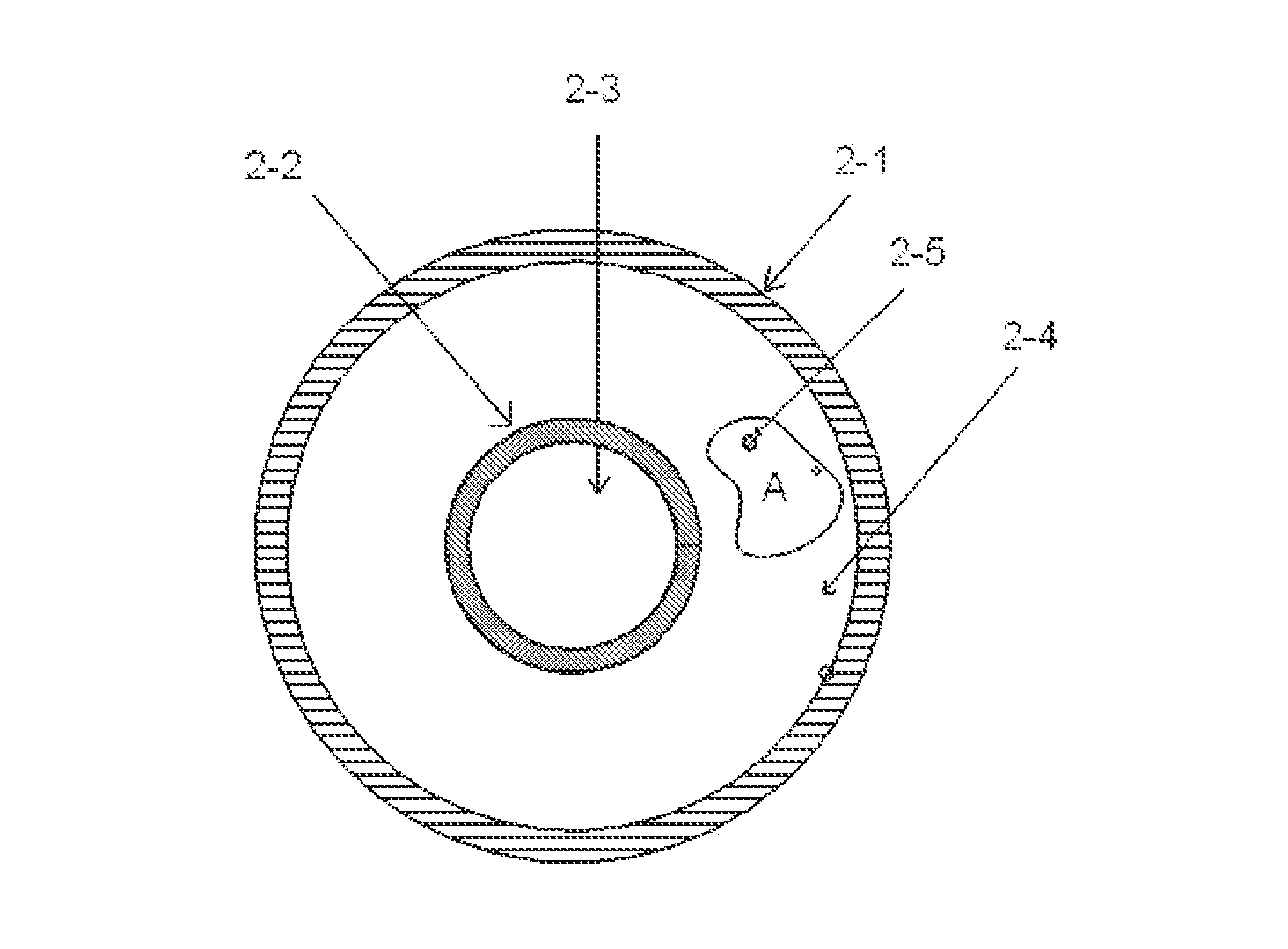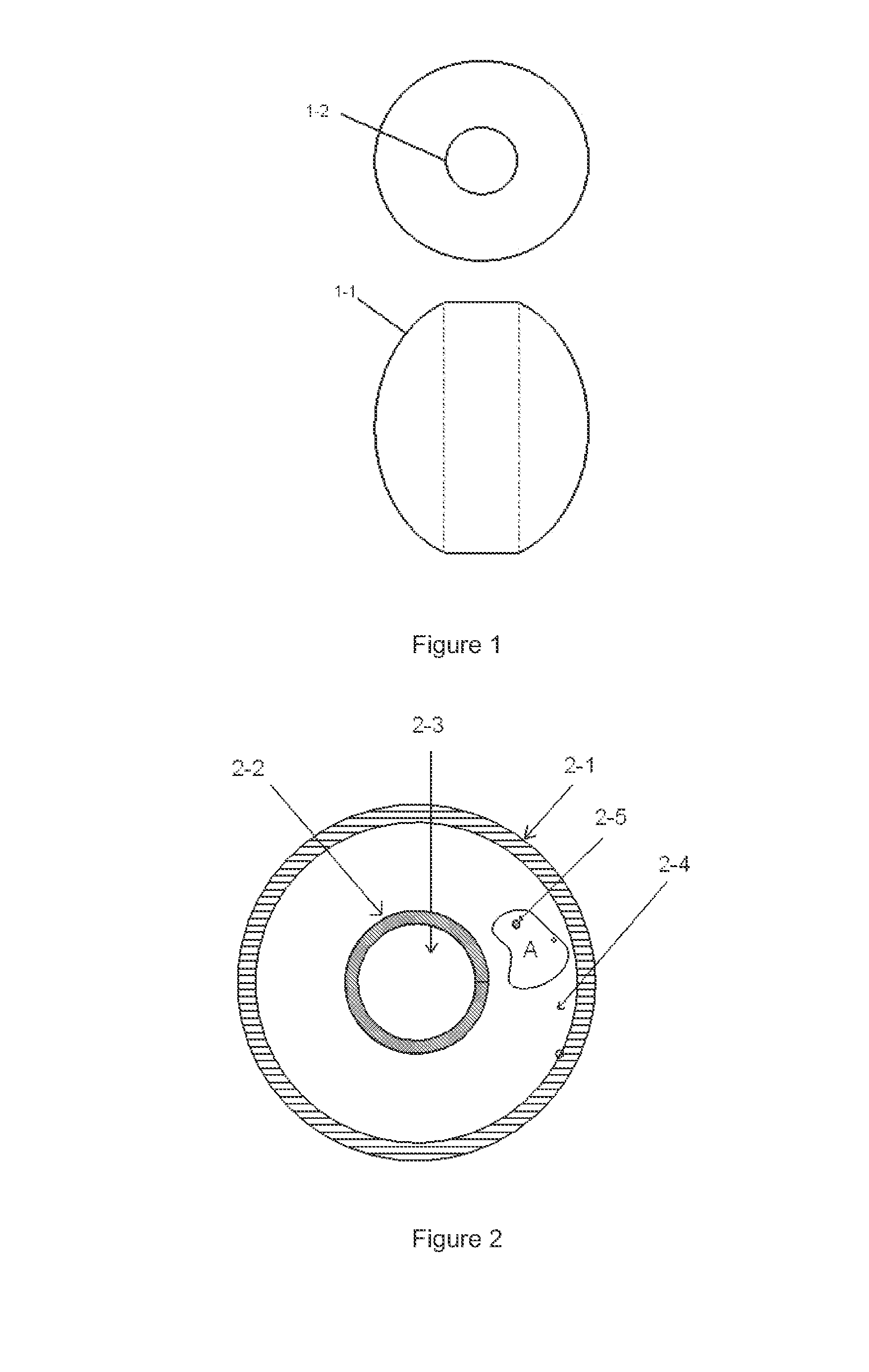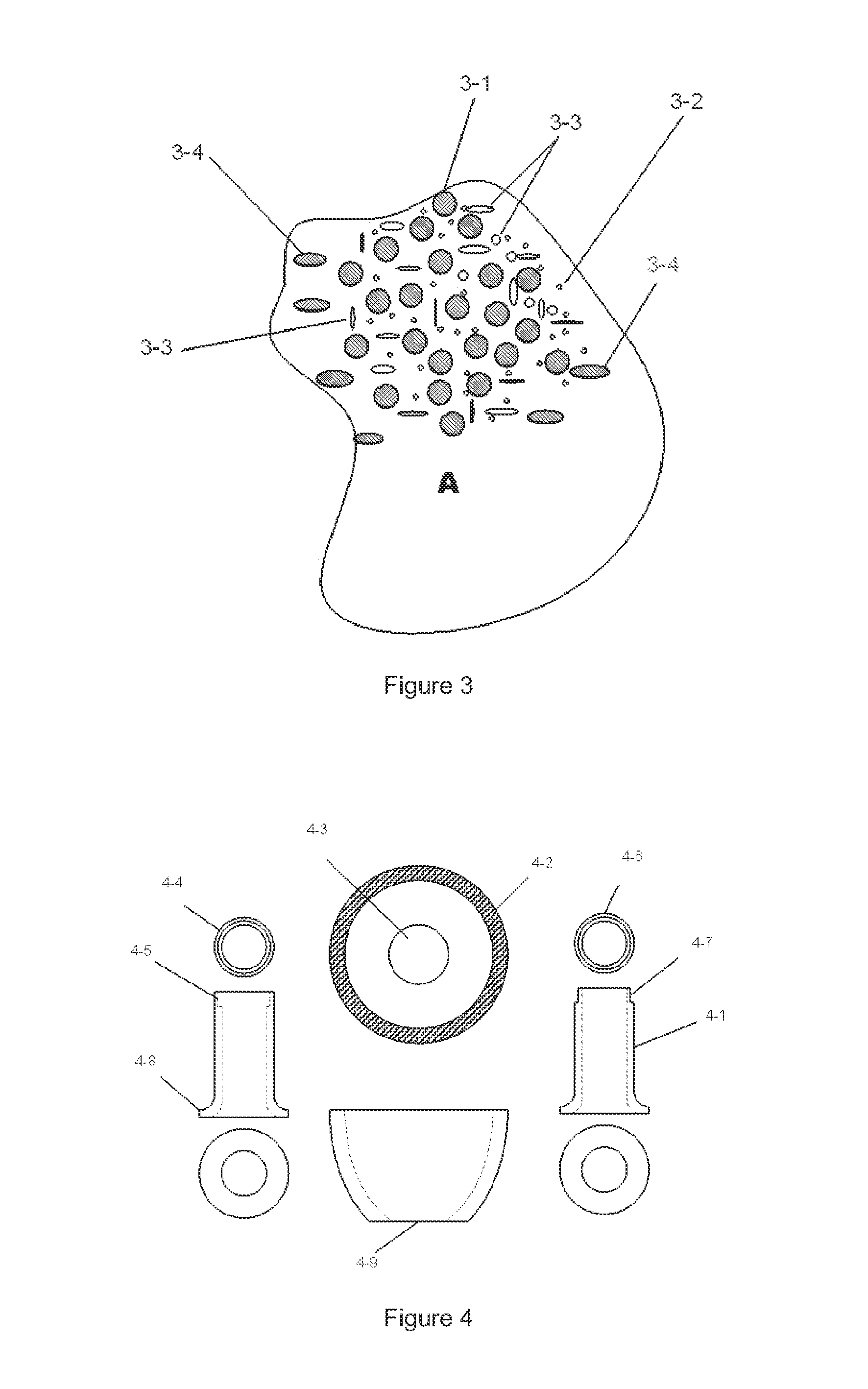Ceramic encapsulations for nuclear materials and systems and methods of production and use
a technology of nuclear materials and encapsulations, applied in the direction of instruments, distance measurement, greenhouse gas reduction, etc., can solve the problems of large residual heat generation, high cost, and high cost of both materials, and achieve the effect of improving heat transfer
- Summary
- Abstract
- Description
- Claims
- Application Information
AI Technical Summary
Benefits of technology
Problems solved by technology
Method used
Image
Examples
example
One Ceramic Composite Fuel Bead Manufacturing Route
[0023]One possible route to manufacturing of the fuel beads would be to make outer and inner gas-impervious component separately away from the radioactive fuel. An example bead fabrication route is provided:
[0024]Outer shell and Inner Tube Fabrication:
[0025]The inner tube would be molded in two separate tubes of lengths equivalent to roughly ⅔ of the desired inner tube length that would be bonded together during the bead assembly. Each tube would have a flared end to assist in bonding to the outer shell, with the other ends molded / machined to provide a joint that could be assembled and sealed / bonded during bead assembly. The tubes would be made by sliding a braided tube of SiC or other ceramic fiber onto a mandrel of a diameter equivalent to the desired inner tube diameter. The ceramic fiber tube would be composed of at least two and no more than 6 layers of braided ceramic tubing that were coated with a slurry of ceramic forming po...
PUM
| Property | Measurement | Unit |
|---|---|---|
| Temperature | aaaaa | aaaaa |
| Electrical resistance | aaaaa | aaaaa |
| Shape | aaaaa | aaaaa |
Abstract
Description
Claims
Application Information
 Login to View More
Login to View More - R&D
- Intellectual Property
- Life Sciences
- Materials
- Tech Scout
- Unparalleled Data Quality
- Higher Quality Content
- 60% Fewer Hallucinations
Browse by: Latest US Patents, China's latest patents, Technical Efficacy Thesaurus, Application Domain, Technology Topic, Popular Technical Reports.
© 2025 PatSnap. All rights reserved.Legal|Privacy policy|Modern Slavery Act Transparency Statement|Sitemap|About US| Contact US: help@patsnap.com



